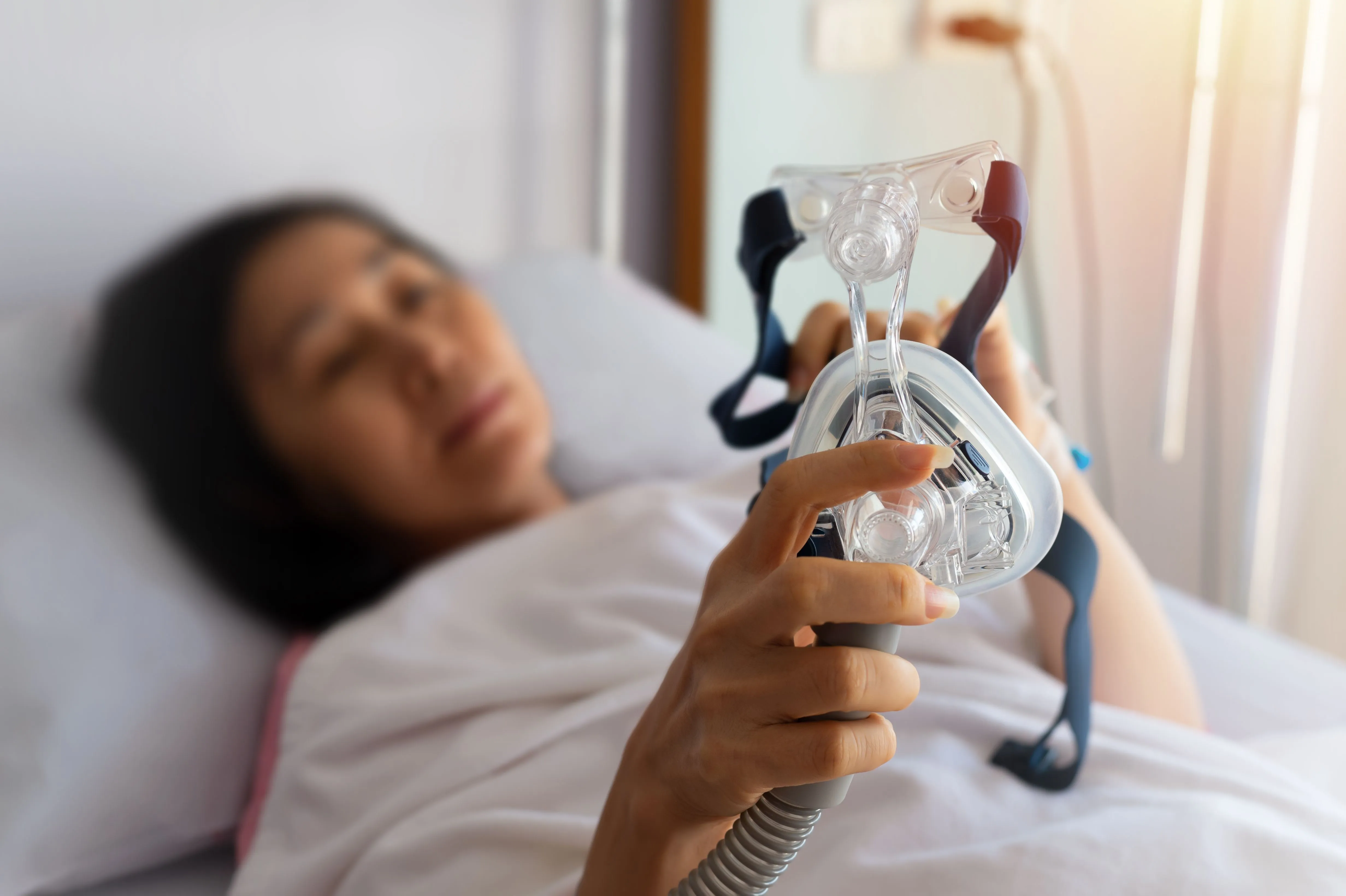How Sulthiame, an Epilepsy Drug, Can Alleviate Sleep Apnea Symptoms

Understanding Sulthiame's Impact on Sleep Apnea
Sulthiame, an epilepsy drug marketed as Ospolot in Europe, appears to reduce symptoms associated with obstructive sleep apnea (OSA).
Clinical Trial Findings
Presented at the European Respiratory Society (ERS) Congress 2024, a recent clinical trial revealed encouraging results. Patients using sulthiame experienced fewer breathing interruptions during sleep and improved oxygen levels. The apnea-hypopnea index (AHI), which measures respiratory pauses, saw decreases of up to 39.9% in patients taking the highest dose of 300 mg.
Study Design and Outcomes
- Conducted with 298 patients who struggled to use continuous positive airway pressure (CPAP) machines.
- Patients reported improvements like reduced daytime sleepiness. However, some experienced mild side effects.
Jan Hedner, lead researcher and respiratory medicine professor, explained the potential of sulthiame as a long-term therapy for OSA compared to traditional methods.
The Need for Alternative Treatments
Many individuals suffer from OSA without realizing it, leading to fatigue and increased health risks, including high blood pressure and heart disease. As Dr. Sophia Schiza suggests, if snoring is coupled with daytime sleepiness, consulting a healthcare provider is crucial.
While treatments for obstructive sleep apnea are available, they are not universally effective, further emphasizing the need for innovative solutions like sulthiame, which holds potential benefits for a subset of patients.
Disclaimer: The information provided on this site is for informational purposes only and is not intended as medical advice. We are not responsible for any actions taken based on the content of this site. Always consult a qualified healthcare provider for medical advice, diagnosis, and treatment. We source our news from reputable sources and provide links to the original articles. We do not endorse or assume responsibility for the accuracy of the information contained in external sources.
This article was prepared using information from open sources in accordance with the principles of Ethical Policy. The editorial team is not responsible for absolute accuracy, as it relies on data from the sources referenced.